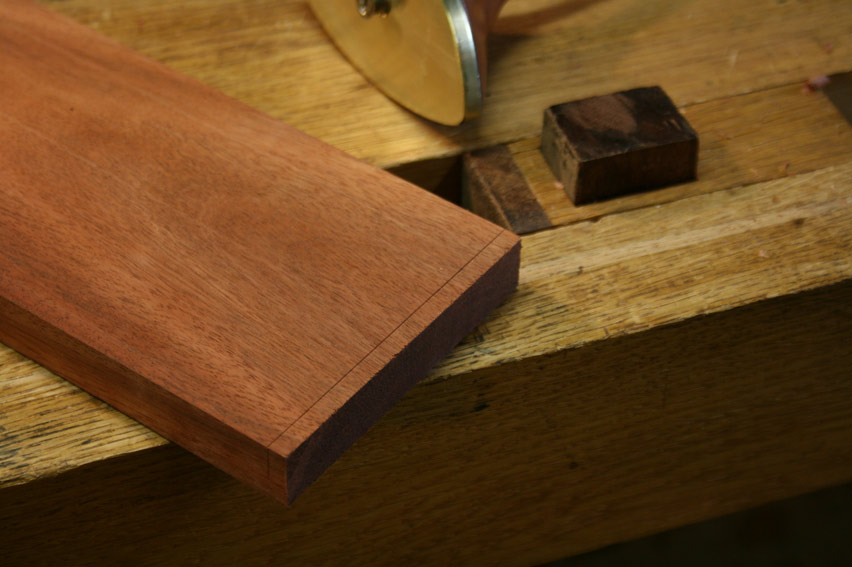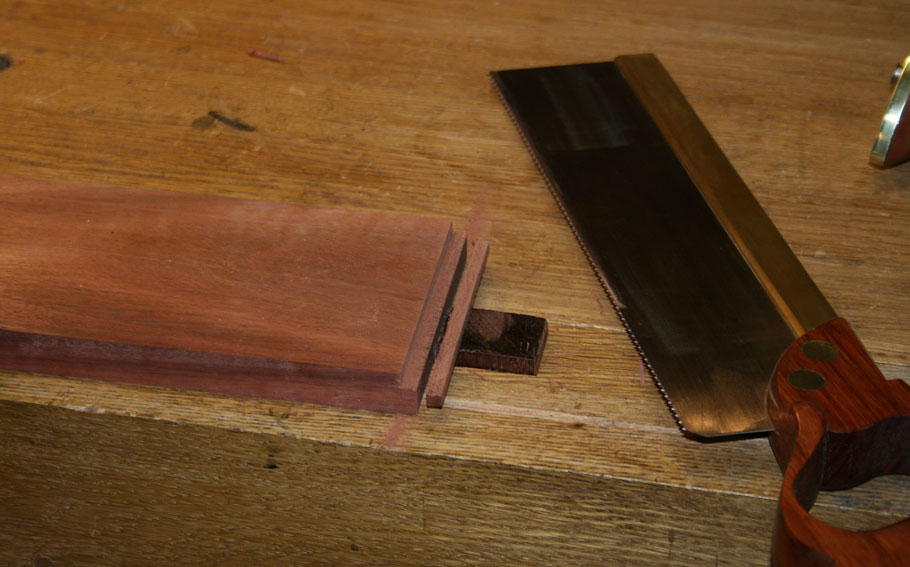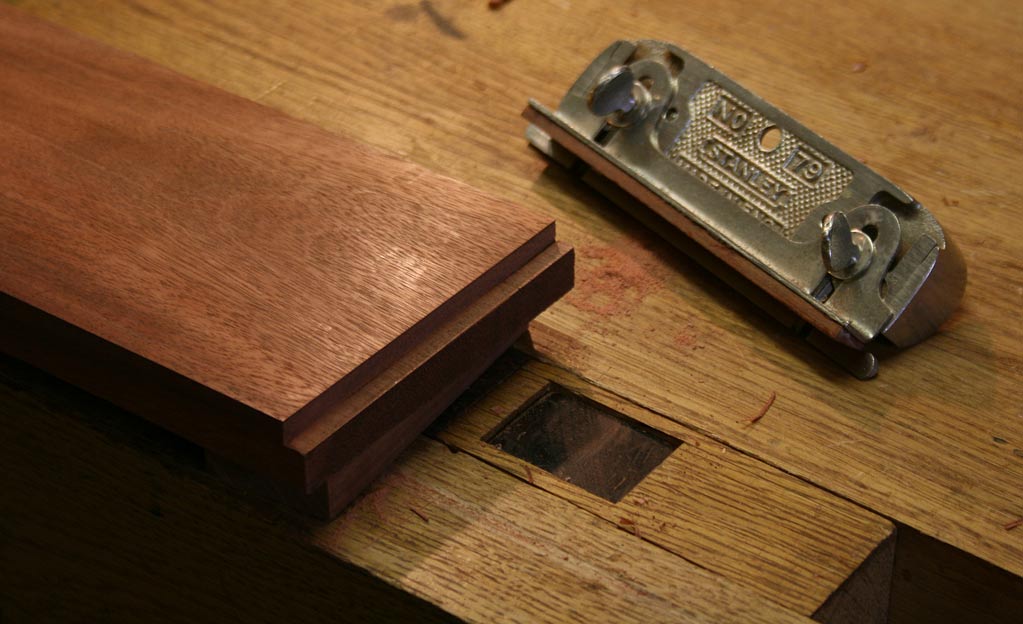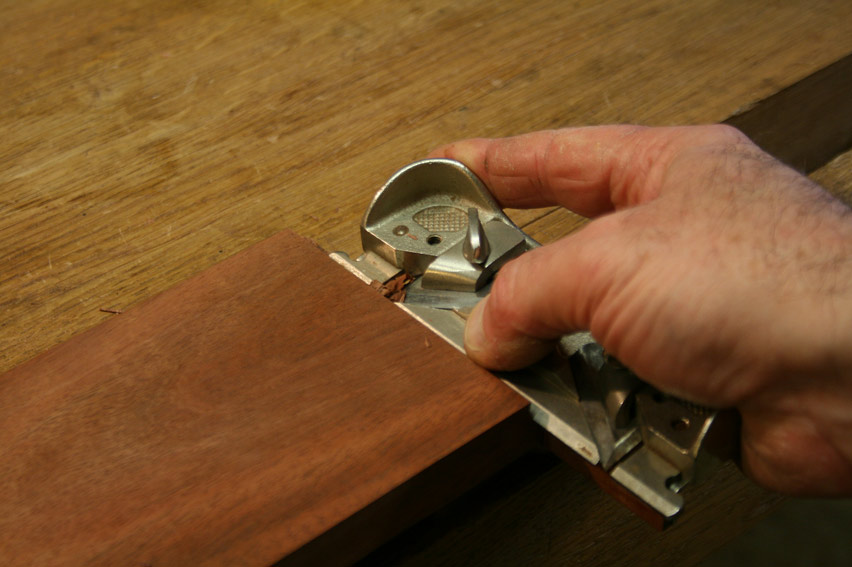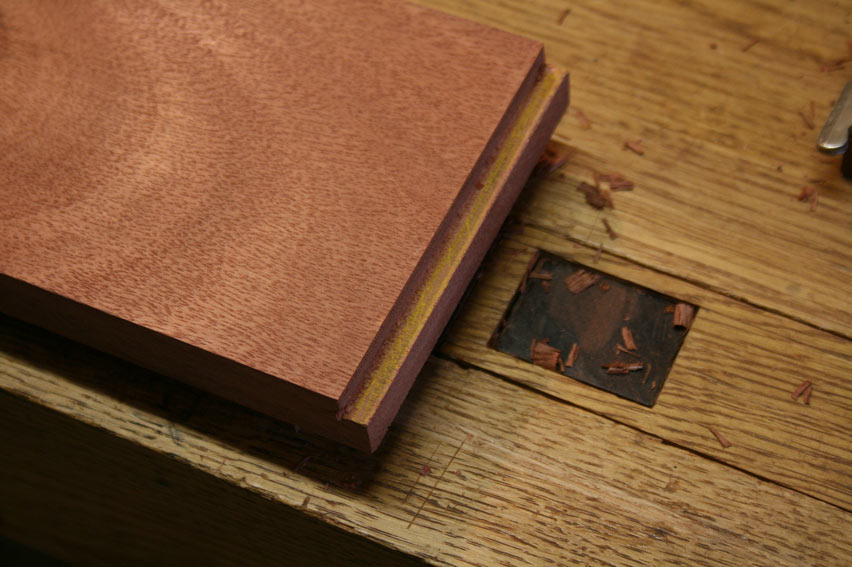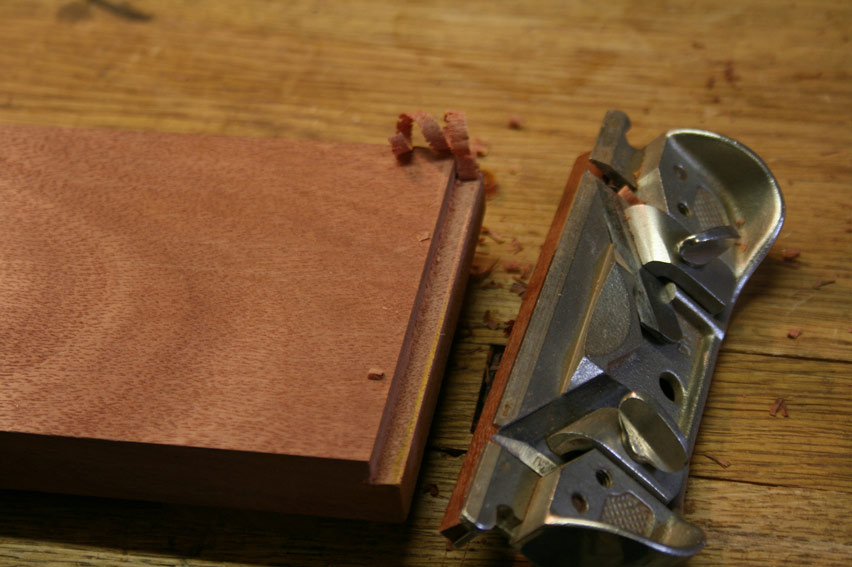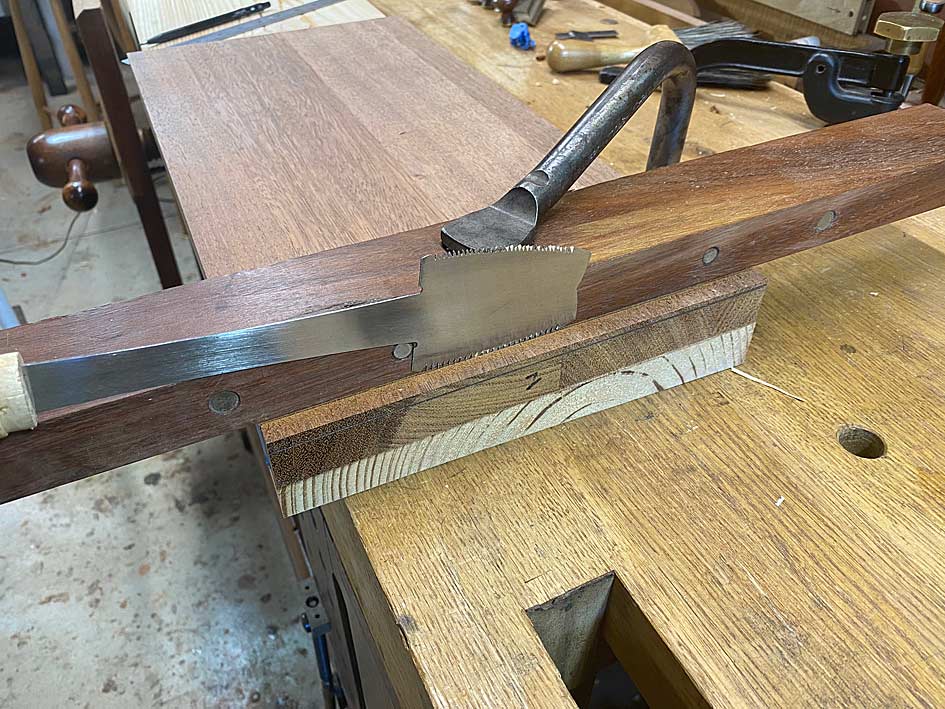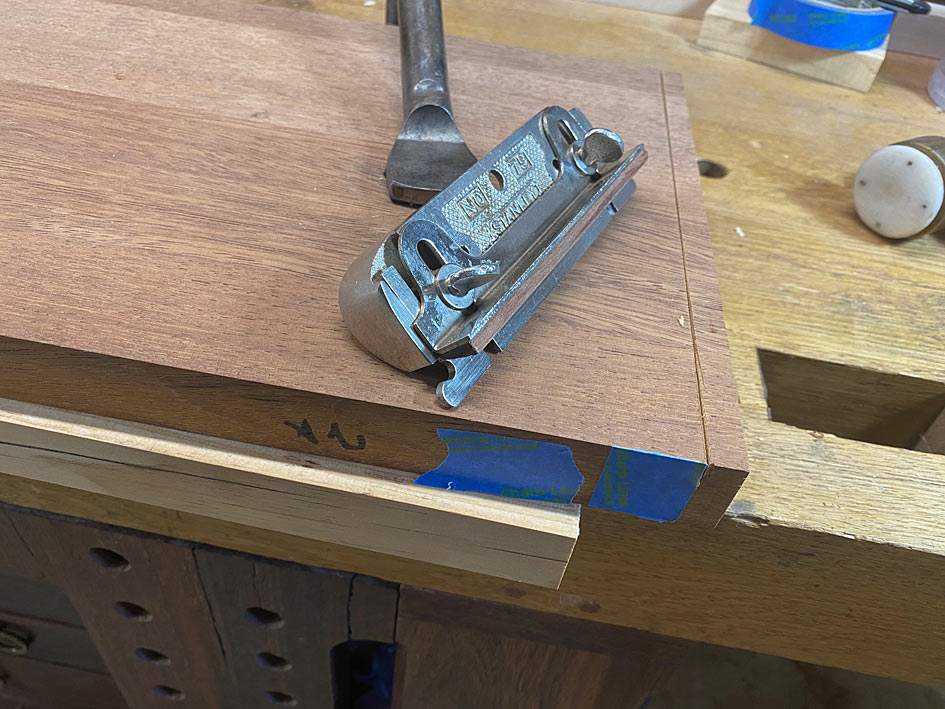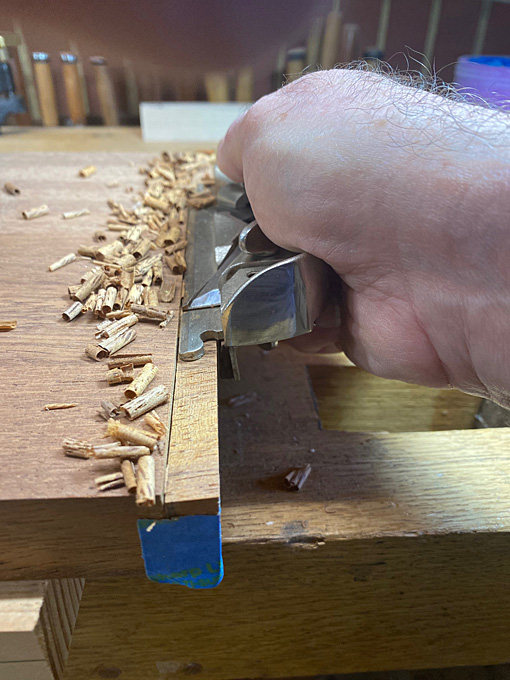Simon A Wells
Member
I have a number of projects that need / I would like to have sliding dovetails:
I am a hobby woodworker in a double garage with a contractor table saw 255mm, record morticer, makita trim router (240V) and rather to many hand saws and planes.
I have looked at a number of soloutions, lots of youtube and am wondering if there is a simple, repeatable way to cut the male tennon piece?
The female part seems pretty straight forward with a router.
I have just finished a 6ft by 6ft table saw work bench with matchfit microjig dovetail groves on top and on two of the side panels, so no problem with routing dovetail grooves!
I have looked at:
I don't mind investing in a tool / jig system, but would rather buy wood....
I have anther thread on woodrats for a hobby workshop / sliding dovetails here: https://www.ukworkshop.co.uk/threads/woodrat-for-hobby-woodworkers.150971/
- Large heavy bench / shoe storage from 2 inch pine that would need about 18 slidding dovetail, exposed at both ends, so not stopped.
- Book cases / office storage.
I am a hobby woodworker in a double garage with a contractor table saw 255mm, record morticer, makita trim router (240V) and rather to many hand saws and planes.
I have looked at a number of soloutions, lots of youtube and am wondering if there is a simple, repeatable way to cut the male tennon piece?
The female part seems pretty straight forward with a router.
I have just finished a 6ft by 6ft table saw work bench with matchfit microjig dovetail groves on top and on two of the side panels, so no problem with routing dovetail grooves!
I have looked at:
- shop built jigs like this https://www.finewoodworking.com/200...4lZlTM-ajMFfvqBg2oMjSlgq394w1RXuonnVIv0IslzQm
- Woodrat
- Leigh dovetail jigs
- Router tables
I don't mind investing in a tool / jig system, but would rather buy wood....
I have anther thread on woodrats for a hobby workshop / sliding dovetails here: https://www.ukworkshop.co.uk/threads/woodrat-for-hobby-woodworkers.150971/
Last edited:




















